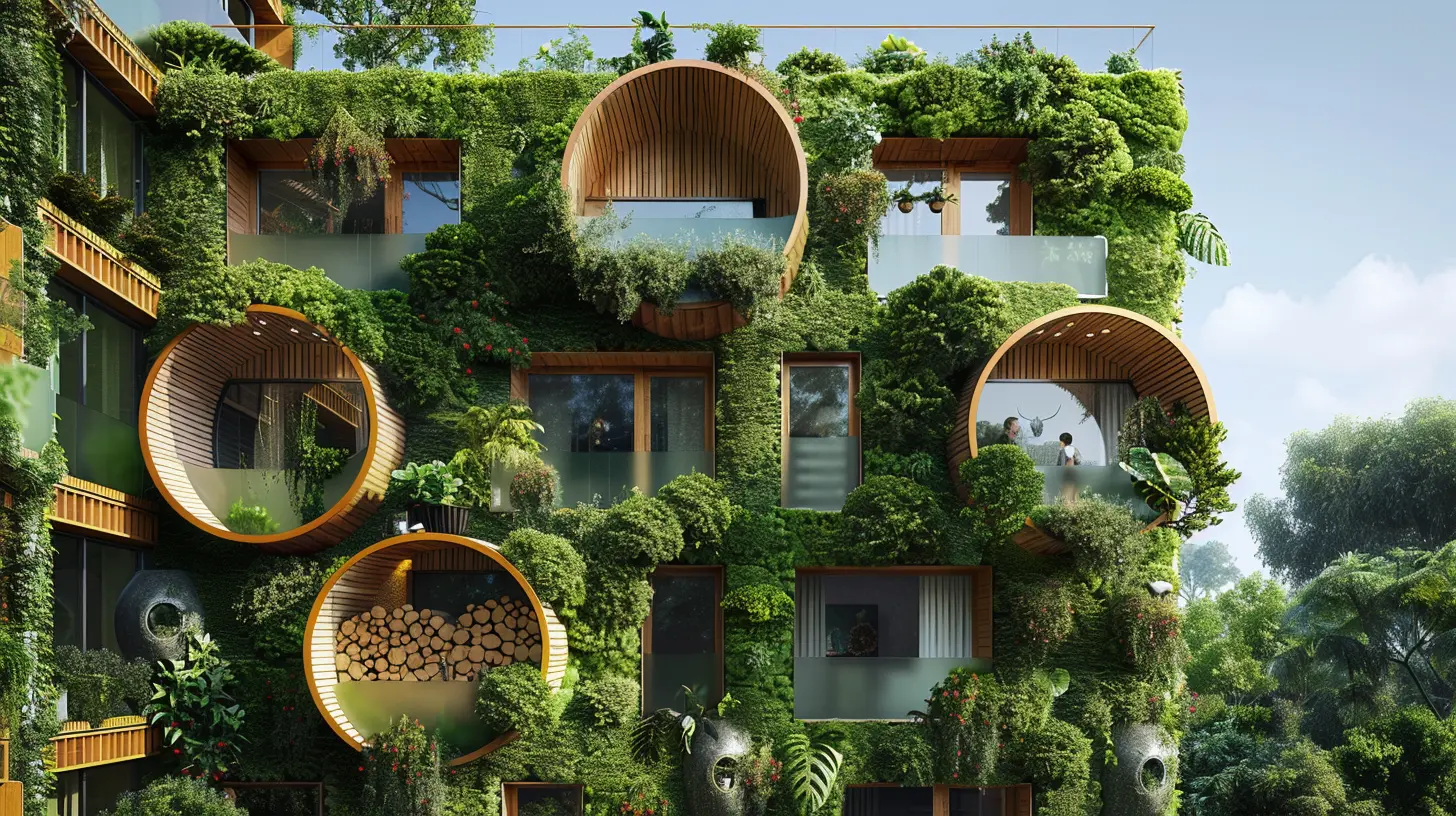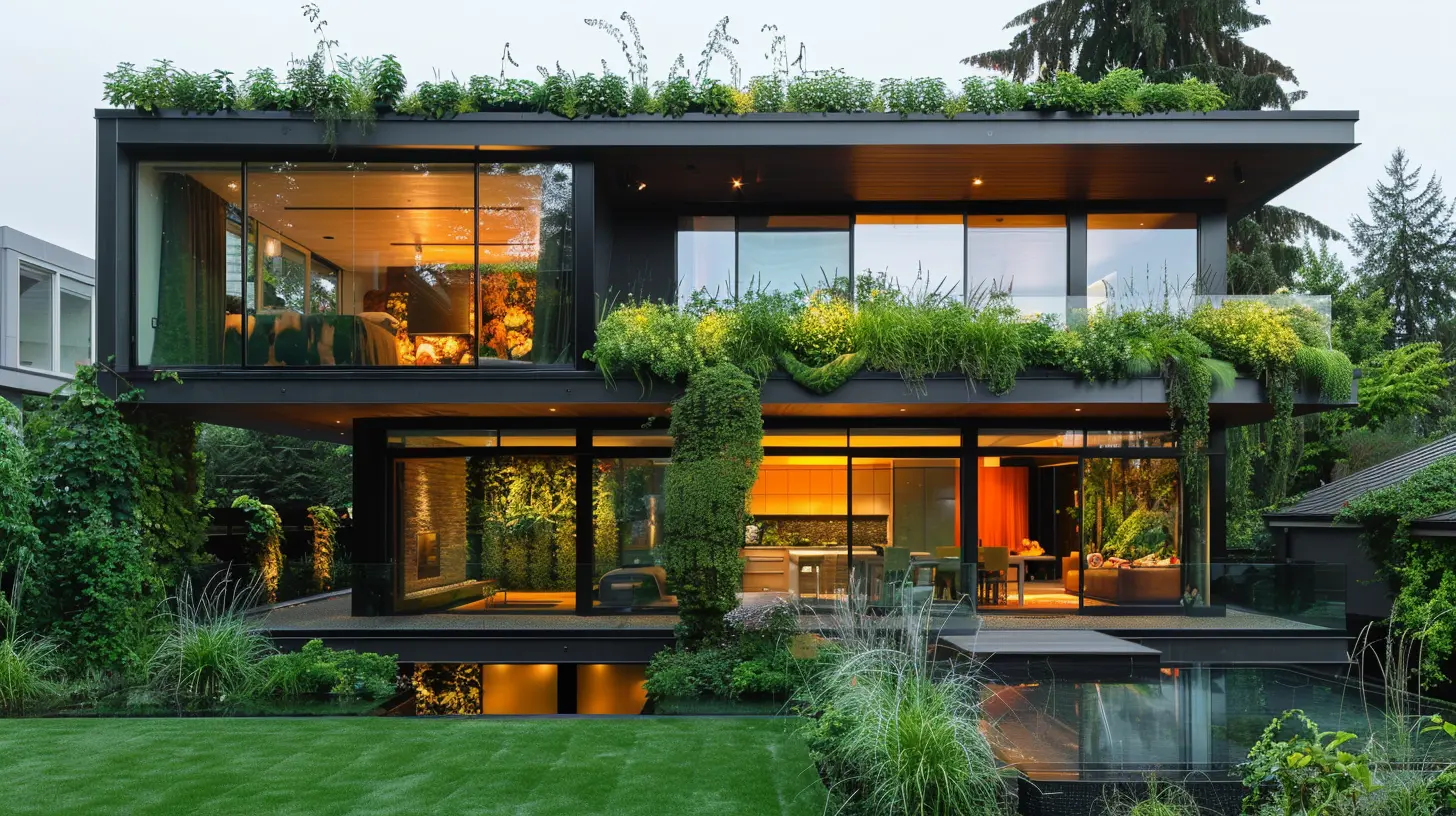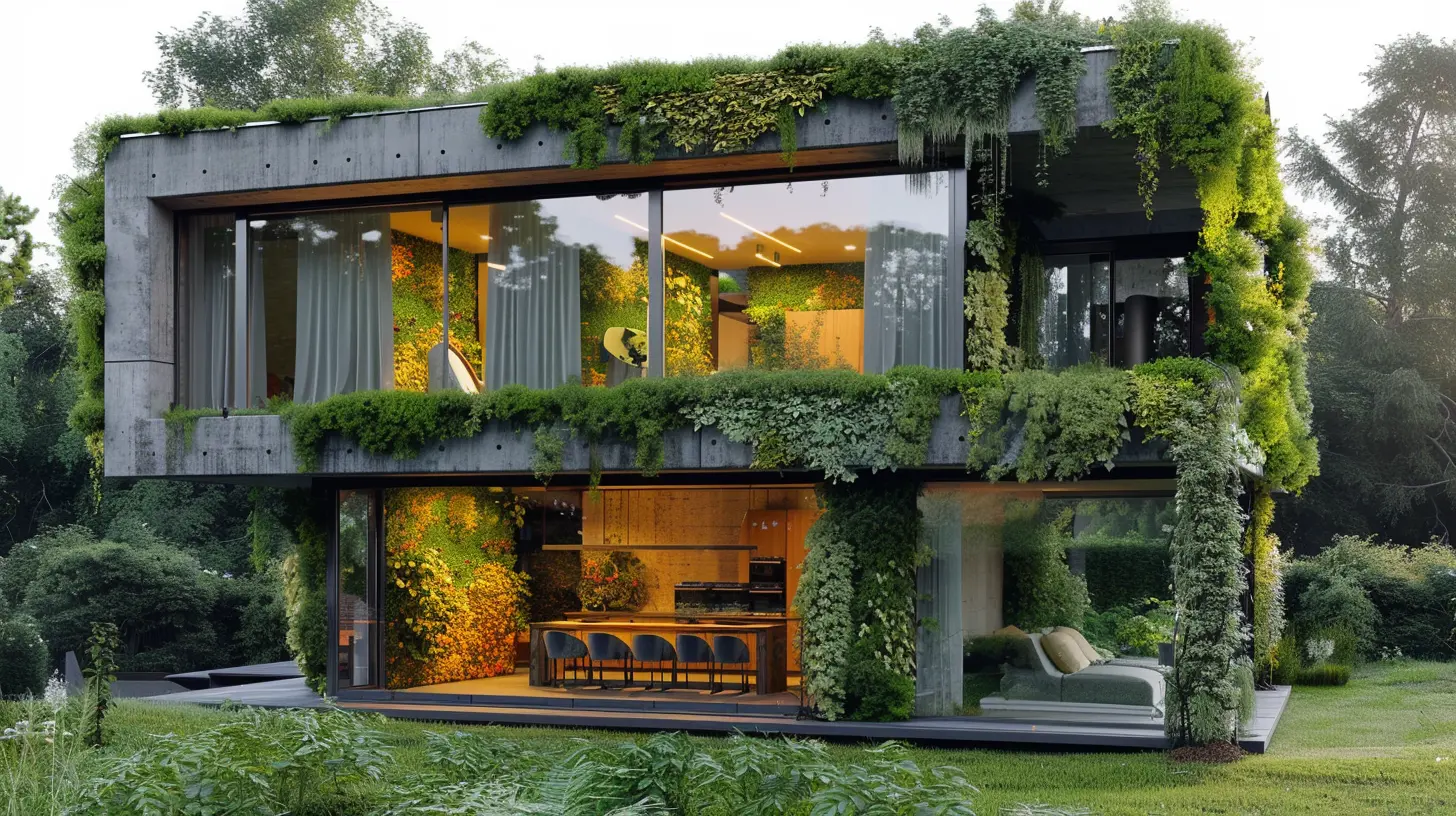Homes That Breathe: Breaking Down Natural Ventilation Systems
16 July 2025
When was the last time you stepped into a room and instantly felt refreshed? Chances are, good airflow had something to do with it. Natural ventilation is like giving your home the ability to breathe, creating a comfortable, healthy, and energy-efficient living space. But how does it actually work? And more importantly, how can you make the most of it in your home?
Let’s dive into the world of natural ventilation systems—what they are, how they function, and why they might just be the missing piece in your home's comfort puzzle.

What Is Natural Ventilation?
Natural ventilation is exactly what it sounds like—using natural forces such as wind and thermal buoyancy to move fresh air through a home. Unlike mechanical ventilation systems that rely on fans and ducts, natural ventilation works passively with nature, reducing energy use and improving indoor air quality.Think of your home as a pair of lungs. Just as we inhale fresh air and exhale stale air, a well-ventilated home allows fresh outdoor air to replace stagnant indoor air. This simple yet effective strategy keeps spaces cool, reduces indoor pollutants, and even lowers energy bills.

Why Your Home Needs to Breathe
Before we get into the nuts and bolts of natural ventilation, let's talk about why it's so important. Here are a few key benefits:1. Improved Air Quality
Indoor air can be up to five times more polluted than outdoor air. Without proper airflow, contaminants like dust, mold spores, and toxins from household products get trapped indoors. Natural ventilation helps flush out these pollutants, giving you cleaner air to breathe.2. Energy Efficiency
Relying less on air conditioning means lower energy consumption and reduced utility bills. By strategically using windows, vents, and architectural design, you can keep your home cool without driving up costs.3. Thermal Comfort
Ever walked into a stuffy room that felt way hotter than the rest of the house? That’s poor ventilation at work. A well-ventilated home helps regulate temperature naturally by allowing hot air to escape and cooler air to enter.4. Reduced Condensation
Excess humidity can lead to mold growth, peeling paint, and structural damage. Natural ventilation helps control moisture levels, preventing these issues before they start.
How Natural Ventilation Works
So, how does fresh air move through a home without fans or air conditioning? There are two primary ways:1. Wind-Driven Ventilation
This method relies on wind pressure to move air through a building. By placing openings—like windows, vents, or louvers—on opposite sides of a home, air naturally flows from high-pressure to low-pressure areas.Examples of Wind-Driven Ventilation:
- Cross Ventilation: Openings on opposite walls create a pathway for fresh air to flow through the house.- Ventilated Roofs: Roof vents allow hot air to escape, pulling fresh air into the home.
2. Stack Ventilation (Thermal Buoyancy)
Warm air rises, so stack ventilation uses this principle to move air vertically through a space. By having lower openings (like doors or ground-floor windows) and higher openings (like skylights or roof vents), warm air escapes while cooler air enters the home.Examples of Stack Ventilation:
- Chimney Effect: Tall vents or shafts guide warm air upward and out.- Clerestory Windows: High-set windows help release hot air while drawing in cooler air below.

Key Elements of an Effective Natural Ventilation System
To maximize natural ventilation, your home needs a few essential components:1. Well-Placed Windows and Openings
Windows aren’t just for the view—they’re the lungs of your home. Positioning them correctly can make all the difference. Ideally, you want openings on opposite sides of a room to encourage cross-ventilation.2. Adjustable Vents and Louvers
These allow you to control airflow, letting in fresh air when needed and reducing drafts when conditions aren’t ideal.3. Roof and Attic Ventilation
Since hot air rises, a good ventilation system should have vents near the roof to help expel unwanted heat. This keeps upper floors cooler in summer.4. Landscaping for Airflow
Believe it or not, trees, shrubs, and other landscaping features can direct airflow into or away from your home. Strategically placed greenery can create shade while also channeling breezes toward open windows.Design Strategies for Maximum Ventilation
If you're building a new home or renovating an existing one, here are some useful design tips to enhance natural airflow:1. Open-Plan Layouts
Fewer interior walls mean fewer barriers for air movement. An open floor plan allows for better cross-ventilation and improved airflow throughout the house.2. Atriums and Courtyards
Incorporating open spaces like courtyards can enhance ventilation by acting as fresh-air hubs for surrounding rooms.3. Use of High Ceilings
High ceilings allow warm air to rise, keeping living spaces cooler. Adding ceiling vents can further improve temperature regulation.4. Shading and Overhangs
While windows are essential for ventilation, too much direct sunlight can heat up a space. Overhangs, pergolas, or external blinds can provide shade, ensuring a comfortable indoor temperature.5. Skylights and Clerestory Windows
These high-up openings help hot air escape, promoting the stack effect for better airflow.Natural Ventilation vs. Mechanical Ventilation: Which One Is Better?
You may be wondering—should I completely ditch mechanical systems in favor of natural ventilation? It depends on your home, climate, and personal comfort preferences.When Natural Ventilation Works Best:
- In temperate climates with mild summers and winters.- When designed properly with strategic openings and airflow paths.
- In homes that prioritize energy efficiency and sustainability.
When Mechanical Ventilation Is Necessary:
- In regions with high humidity or extreme temperatures.- In tightly sealed homes where natural airflow is limited.
- If indoor air quality needs additional filtration (such as in urban areas with pollution).
For many homeowners, the best solution is a hybrid approach—combining natural ventilation with mechanical aids like ceiling fans or energy-efficient exhaust systems.
Final Thoughts: Let Your Home Breathe
A home that breathes is a home that feels good to live in. Natural ventilation isn't just about cooling your space—it's about creating an environment where you and your family can thrive. With smart design choices and an understanding of airflow principles, you can enjoy fresh, cool air without relying on energy-hungry appliances.So, the next time you crack open a window and feel that rush of fresh air, remember—you’re not just letting in the breeze, you’re giving your home a breath of fresh life.
all images in this post were generated using AI tools
Category:
Sustainable HousingAuthor:

Travis Lozano
Discussion
rate this article
1 comments
Lisa Estes
Great article! Natural ventilation systems are a fantastic way to enhance indoor air quality while reducing energy costs. Your insights on design and functionality provide valuable guidance for homeowners. Embracing these systems not only benefits our health but also promotes sustainable living. Keep up the excellent work!
July 27, 2025 at 2:46 AM

Travis Lozano
Thank you for your kind words! I'm glad you found the insights helpful. Embracing natural ventilation is indeed a win-win for health and sustainability!


